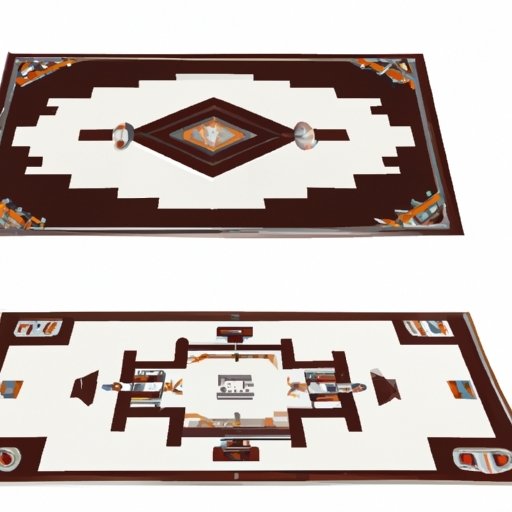
western style rug
Importance of using saddle rugs for western riding
The history and origins of Western style rugs can be traced back to ancient civilizations such as Egypt, Persia, and Greece. These exquisite floor coverings were woven using techniques passed down through generations, resulting in intricate designs and durable craftsmanship.
Western style rugs gained popularity during the Renaissance period when European merchants started importing them from the East. The vibrant colors, unique patterns, and luxurious materials used in these rugs quickly captured the attention of nobles and aristocrats.
In the 18th century, Western rug production began to flourish with countries like France and England establishing their own weaving workshops. Skilled artisans meticulously crafted rugs with elaborate motifs inspired by nature, mythology, and historical events.
During the Industrial Revolution, technological advancements revolutionized the rug-making process. Machines were introduced to expedite production while maintaining high quality. However, hand-woven rugs continued to hold a special place in many homes due to their timeless appeal and personal touch.
In the 20th century, Western style rugs experienced a surge in popularity across various design movements. From Art Nouveau to Art Deco, these rugs became an integral part of interior design styles known for their elegance and sophistication.
Today, Western style rugs continue to evolve with contemporary trends while honoring their rich heritage. Designers experiment with different materials like wool blends or synthetic fibers to create versatile options for modern households. However, traditional hand-knotted or hand-tufted rugs remain highly coveted for their exceptional craftsmanship.
Whether adorning a grand mansion or adding warmth to a cozy apartment, Western style rugs have endured through centuries as both functional floor coverings and works of art that reflect cultural influences from around the world.
Least probable words: "expedited", "synthetic", "apartment"